Media | Articles
Vellum Venom Vignette: Traversing a new form of Chinese takeout
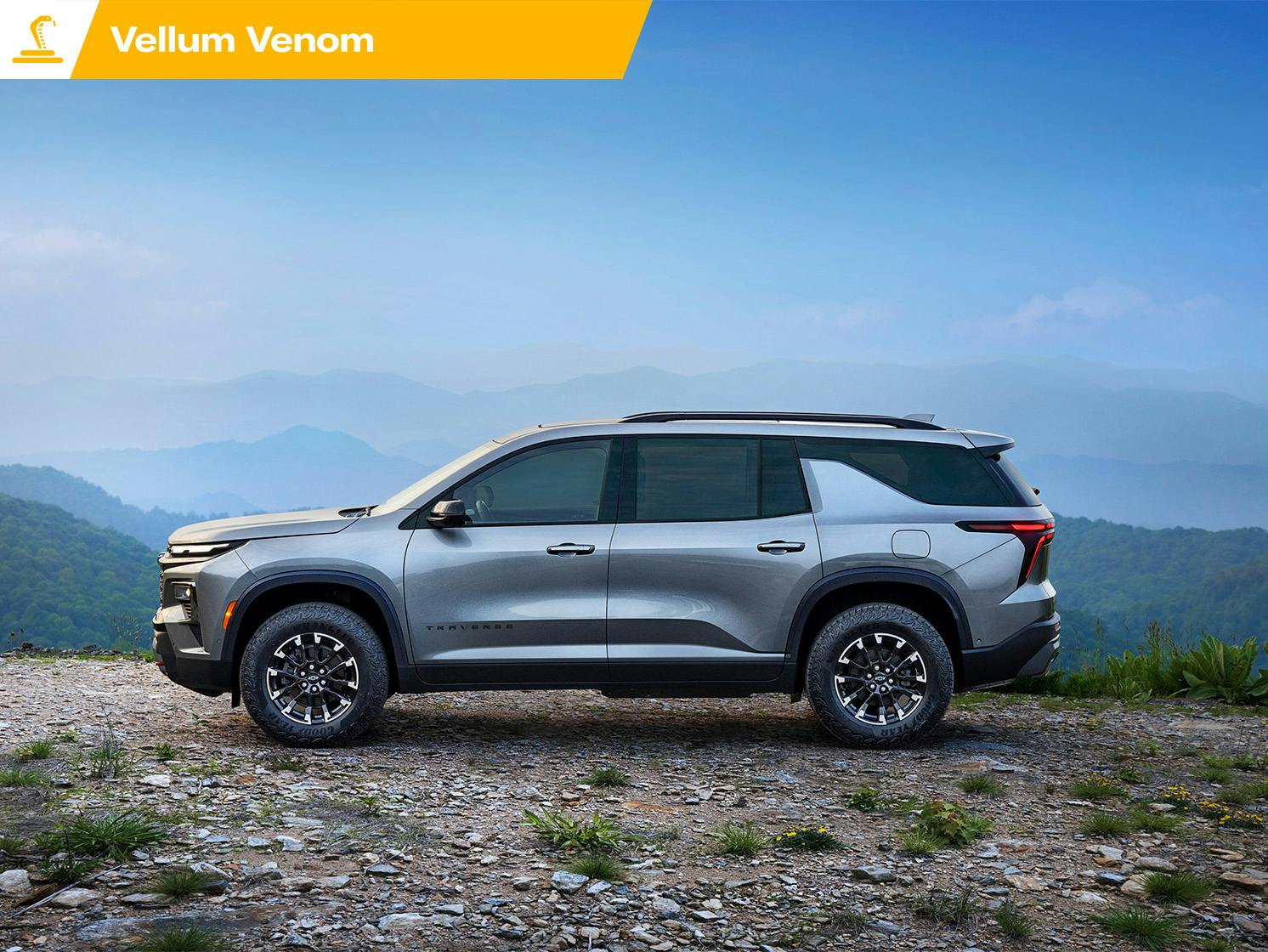
Be you a rural or an urban dweller in these United States, it’s a safe bet there’s a Chinese restaurant not too far away from where you live. While Chopstick Diplomacy played a part in the success of these dining establishments, the migration of people into the U.S. on merchant visas is the most likely reason for the prevalence of these restaurants. Their rise created a large number of delicious entrees with Chinese influences, and some of us quite love how the cuisine has percolated into American society over the last century.
Be it next to a rural truck stop or a wallet-draining experience at Caesars Palace, Chinese food is here in America to stay. The same could be said about Chinese car design. From bold color palettes to huge in-car entertainment screens and thoughtful exterior contouring, car design from China is making a mark on par with the Hofmeister kink and Sacco planks invented by Germany all those decades ago. Case in point is the 2024 Chevrolet Traverse—specifically, the dorsal fin over its rear wheels. As you will shortly see, this is Chinese takeout at its finest.
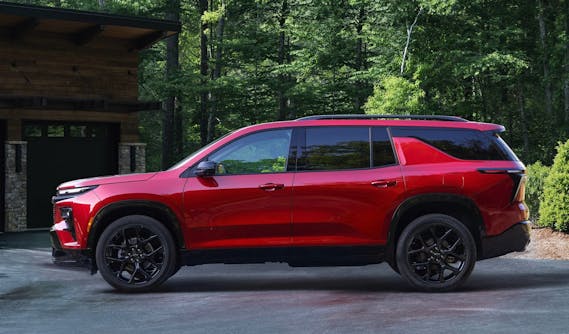
But first, a little about the Traverse’s dorsal fin. It has an upward thrusting motion into a glass panel, making the rear end look far less static than that of your average family hauler, with its uninspiring A, B, C, and D pillars. I don’t care for Chevrolet’s application of the fin: It feels like an afterthought, a visual cue added without regard for the frame of the vent window on the rear door. That vent window kills the flow of the glass above the fin. It feels like a part of a cost-conscious, mid-cycle refresh, even though the 2024 Traverse is significantly different than the model of the previous year. (Chevy even messed with the DLO to add DLO FAIL to the A-pillar. How great is that?)
I expect the intended buyer of the 2024 Traverse to love all the changes. But where did the dorsal fin C-pillar design come from originally? I did my best to go back in time, and I learned that the fin originated on a car that came from China in the year 2019. But that car’s fin wasn’t cosmetic like the Traverse’s; this one had purpose. The dorsal fin allowed for a smaller quarter window and, in addition, visually forced your eye to pay no attention to the opening roof above it. Until the roof actually opened.
Meet the HiPhi X and Y, made by Chinese tech company Human Horizons. While the HiPhi Y doesn’t have the dorsal fin, it’s clear that a little upkick in the sheetmetal above the rear wheel—that, or gullwing roof doors—signifies a HiPhi product. Impressive branding for any automaker, much less a young one.
Marketplace
Buy and sell classics with confidence
Clearly the folks at Human Horizons had Tesla’s design successes on their minds, taking the insane “falcon wings” from the 2015 Tesla Model X to the next level: instead of a huge rear door, which is painfully complex and somewhat unreliable, the HiPhi X and Y use a conventional door that hinges at the rear. The glass then rolls into the door and lets the roof lift along with the quarter window, like the hatch on a hatchback.
The arrangement is crazy but logical: HiPhi implemented something on the side that’s been scienced out (so to speak) by the likes of Land Rover at the rear. The dorsal fin below the roof’s hatch is just a big, pointy arrow forcing your eyes to notice the show right above it. And what a show that is!
Suggesting that the HiPhi X is a clever piece of design is akin to calling Mr. Chow just another Chinese restaurant. (Unfamiliar with that establishment? Keep reading.) And this automotive flight of fancy actually made production, likely spurring fits of jealousy in design studios owned by more traditional, more risk-averse automotive manufacturers. While the use case is questionable, the HiPhi is aimed at the frivolity of the luxury SUV market, not the white-collar audience of the Chevy Traverse. And for that reason, the HiPhi is a smashing success.
At least in theory, because some customers will be leery, citing the complexity and unreliability of the Tesla falcon doors. Odds are the HiPhi’s door/hatch combination will be significantly more durable, and the dorsal fin below isn’t corny like the Model X’s dance show. The door/hatch accomplishes the same thing (i.e. makes it easy to install baby seats, etc.) but does so with understatement and long-term functionality. But like any other design element since the advent of the chrome grille, once one company does the fin, everyone else will follow.
The HiPhi X’s radical door arrangement lends itself logically to a dorsal fin below a floating C-pillar. Too bad none of the rolling tributes made after its 2019 introduction had the nerve to include an actual door above the fin.
I’d wager this dorsal fin helped convince many a suburban family hauler to buy the new Kia Carnival minivan over a traditional SUV, even without a roof door allowing kids to trampoline their way out of it. The fin will likely serve the Volvo EM90 multi-purpose vehicle in the same manner, especially in Volvo’s home market of Sweden China. China is indeed a safe space for minivan appeal, but it’s also a place where car design can flourish.
That flourishing extends to more than cheap subcompacts and affordable EVs. China’s rise to power in the last 20-ish years has elevated automotive design for everyone, not unlike how Chinese food been showcased as a culinary art thanks in part to a gentleman named Mr. Chow.
I can’t remember exactly how much I spent at Mr. Chow’s establishment in Las Vegas: remembering such details means you didn’t have enough fun in America’s city of sin. But I remember the theatrics, the dynamic artwork, the exquisite food and cocktails, and the company I kept. And that’s precisely what you should feel when experiencing anything designed with purpose, when the owner/company of said organization throws as much money at the design as they darn well please. Aside from cars like the dreamy Lucid, we rarely see this level of purpose in American car design. And that’s a shame.
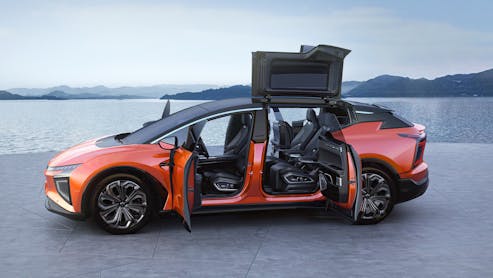
But money for a flourishing design scene comes at a cost, as cheap labor has downsides, and cheaper cars mean safety isn’t always built into Chinese designs. But the HiPhi X wasn’t intended just for China, and it passed all necessary safety tests for retailing in the European market. It’s only a matter of time before HiPhis infiltrate everyone’s social media feed…
… If they haven’t already. You know, just like General Tso’s chicken on menus from East to West coast.
***
Check out the Hagerty Media homepage so you don’t miss a single story, or better yet, bookmark it. To get our best stories delivered right to your inbox, subscribe to our newsletters.

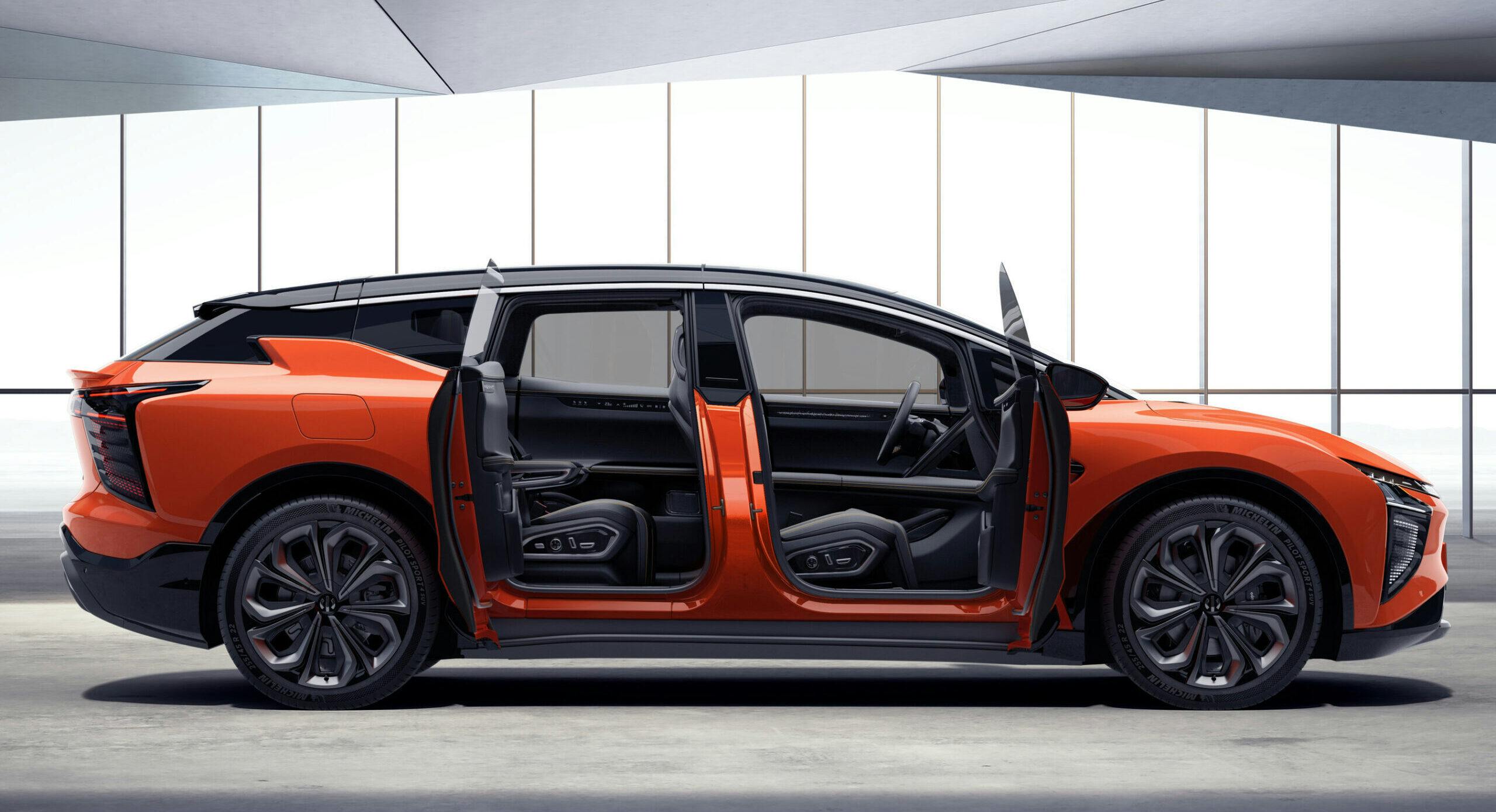
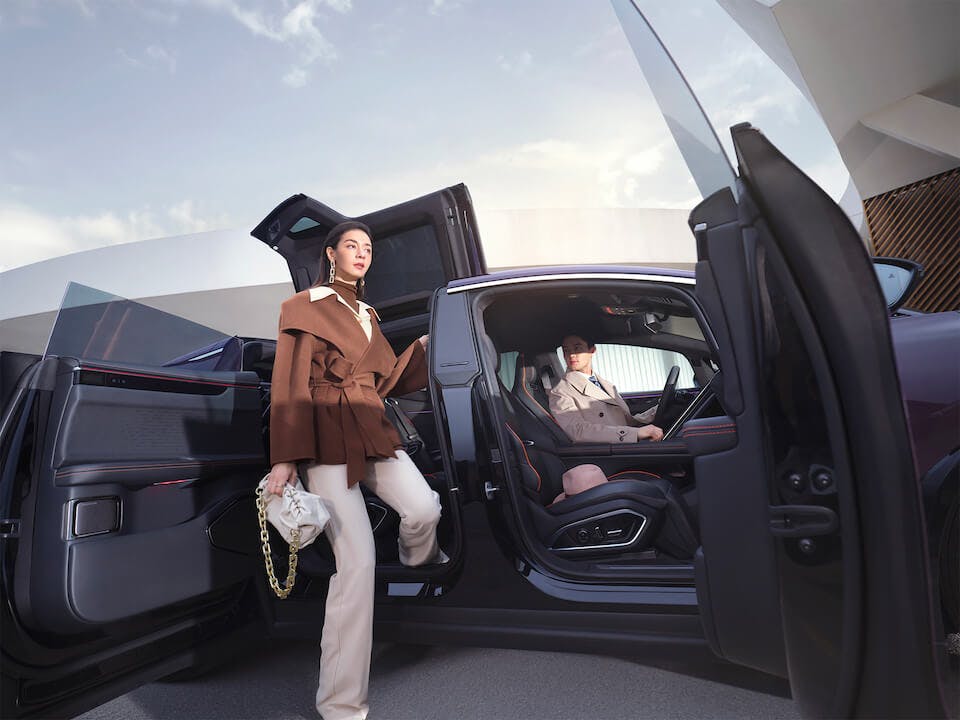
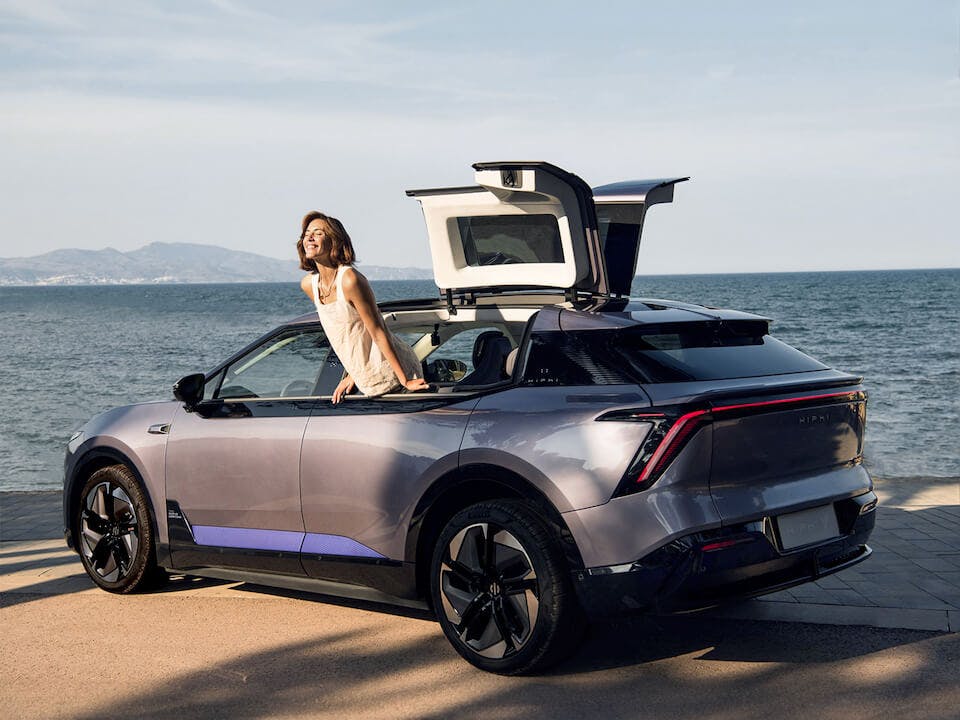

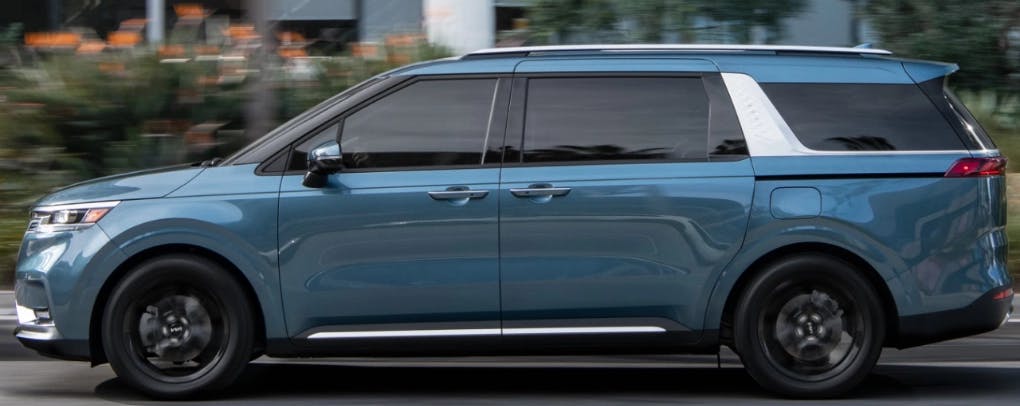
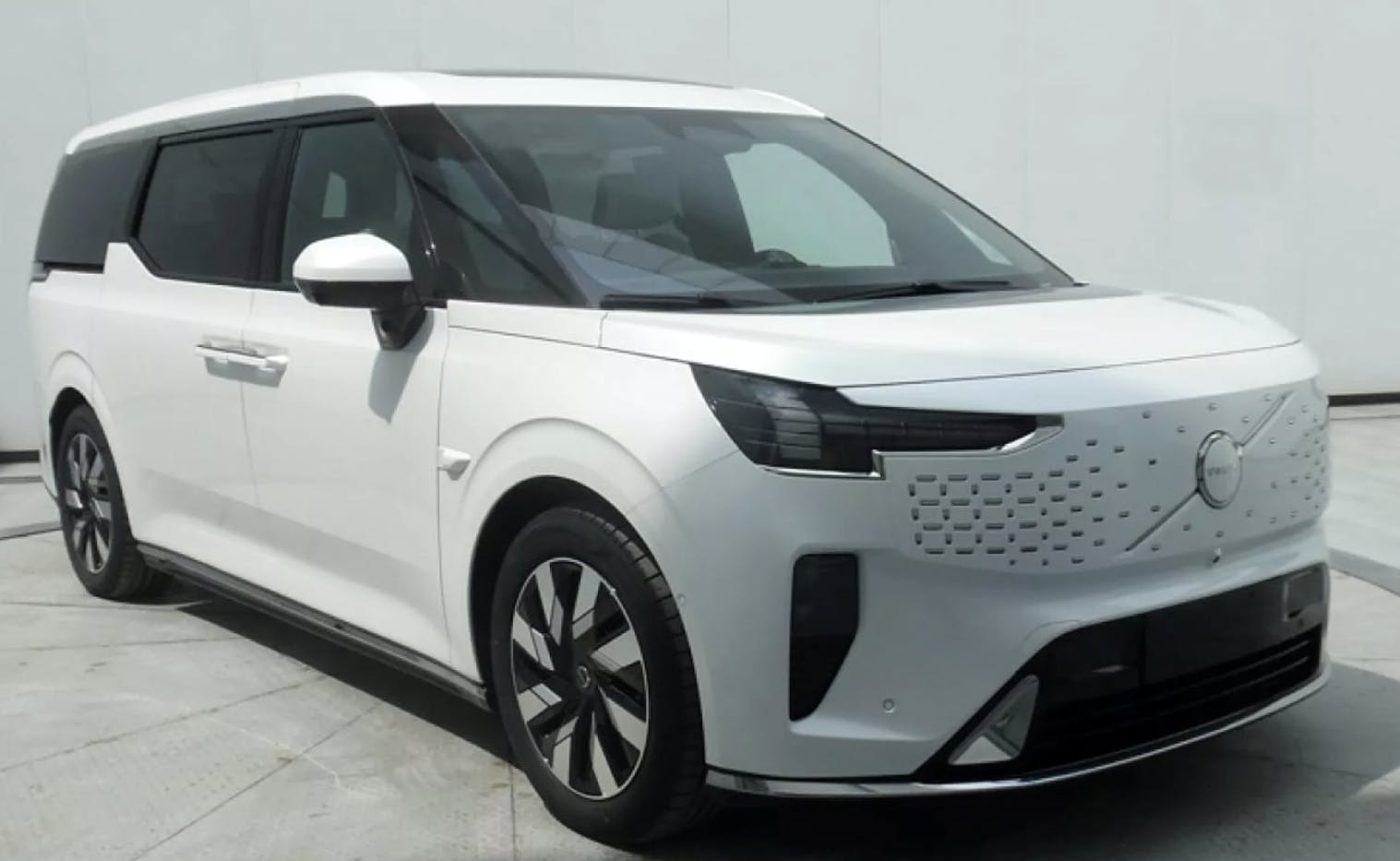











There is a brilliance to doing the mechanically proven hatch version for the side doors.
Tesla concepts (and sometimes reality) for sure overcomplicate things… like the sliding roof that Studebaker did in their wagons decades ago.
I don’t like the dorsal fin on any of the vehicles, and think some of them would be much-improved with just a flowing line and more glass/blacked-out glass.
The fin can go away or stay on top of the roof as an antennae.
Z71 Traverse is like a HHR SS.
Someone needs to take away the decals from the marketing department.
It looks much like the other crossover Tupperware. Bland, forgettable, and disposable.
Oh yeah, sure. Why NOT make something unnecessarily complicated?!